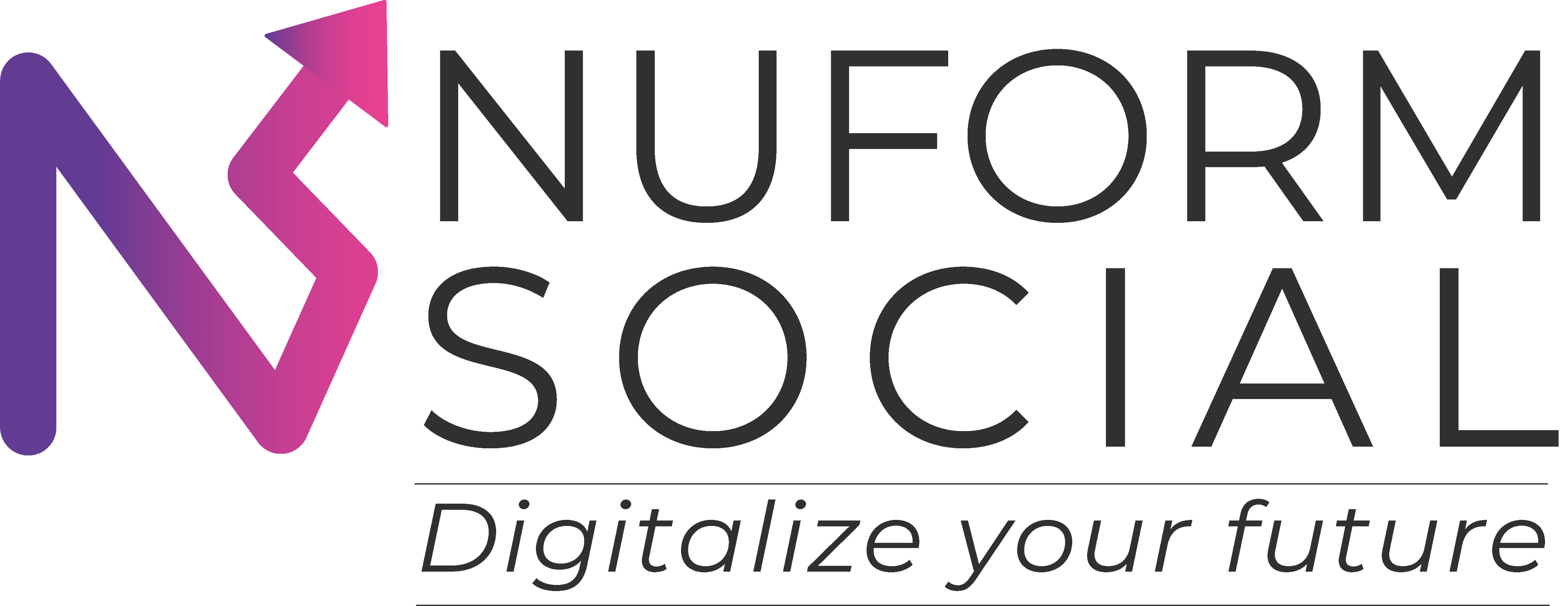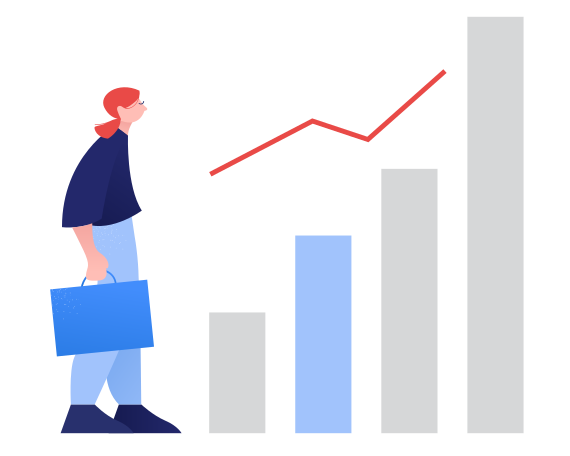How Much Do Google Ads Keywords Cost? A Complete CPC Guide for 2025
Introduction
When running a Google Ads campaign, one of the most crucial factors you need to understand is keyword cost, also known as cost per click (CPC). This metric refers to the amount you pay every time someone clicks on your ad.
Choosing the right keywords can make or break your campaign. Pay too much for the wrong ones, and your budget drains quickly without results. Target the right ones, and you’ll see valuable traffic, leads, and conversions — all at a manageable cost.
In this blog, we’ll explore everything you need to know about keyword cost in Google Ads. You’ll learn how to find keyword pricing, what influences those costs, and how to pick keywords that deliver strong results without blowing your budget.
What Is Keyword Cost and How Is CPC Calculated?
Keyword cost, or cost per click (CPC), is the price you pay when someone clicks your ad on Google. This is not a fixed price — it’s determined through a real-time bidding system.
CPC Formula:
CPC = Total Ad Spend ÷ Total Number of Clicks
Example:
If you spend ₹5,000 on an ad campaign and receive 250 clicks, your CPC is ₹20.
Google Ads uses a live auction system. Every time someone searches on Google, advertisers bid on the opportunity to have their ad shown for that keyword. But the highest bid doesn’t always win — Google also considers ad relevance and user experience.
So even if you bid less than a competitor, you might pay a lower CPC and still get a better ad position — if your ad is more relevant.
How to Check the Cost of Keywords
To manage your campaign effectively, you need to estimate how much specific keywords will cost. Here are two ways to do it:
1. Using Google Keyword Planner
Google Keyword Planner is a free tool available inside your Google Ads account. Here’s how to use it:
- Sign into Google Ads and go to Tools > Keyword Planner
- Choose “Get search volume and forecasts” if you already have keyword ideas
- Or use “Discover new keywords” to generate new keyword suggestions
Once you enter your keywords, the tool will show data including:
- Top of page bid (low range)
- Top of page bid (high range)
These are estimates of what advertisers typically pay per click. Low-range bids show the minimum you might pay, while high-range bids reflect more competitive prices.
2. Using Free Keyword Tools
Several free tools (like Ubersuggest, WordStream Keyword Tool, and Google Trends) also offer keyword cost data, though the estimates can vary.
If you’re just starting out or working with a limited budget, these tools are a great way to test and plan campaigns before committing to actual bids.
Key Factors That Influence Keyword Cost
CPC is not random — it’s based on several factors. Understanding them helps you reduce ad costs while increasing performance.
1. Quality Score
Quality Score is a metric Google uses to judge your ad’s overall relevance. It’s based on:
- Expected click-through rate (CTR)
- Ad relevance to the keyword
- Landing page experience
The higher your Quality Score (on a scale of 1–10), the lower your CPC can be. Focus on writing relevant ad copy and optimizing landing pages to improve this score.
2. Level of Competition
High-demand industries like real estate, insurance, and finance attract more advertisers — which drives up keyword costs.
For example:
- “Real estate agent in New York” might have high CPCs due to heavy competition.
- A more specific keyword like “commercial real estate brokers in Brooklyn” could be more affordable.
3. Search Volume
Keywords with high monthly search volumes often cost more. That’s because more advertisers want to bid on them.
However, high-volume keywords aren’t always best. They can be expensive and broad. Sometimes low-volume, high-intent keywords convert better at a lower cost.
4. Keyword Relevance
Highly relevant keywords usually lead to higher Quality Scores, better click-through rates, and lower CPCs.
If you sell eco-friendly office supplies, use keywords like “sustainable office stationery” instead of generic terms like “cheap office supplies.” The closer the keyword aligns with your offering, the better your results.
5. Google Network Selection
When you set up your ads, you can choose between:
- Search Network (Google Search results)
- Display Network (Google partner sites, YouTube, Gmail, etc.)
The Search Network typically has higher CPCs, but also higher intent — users are actively searching. The Display Network is better for brand awareness, often with lower CPCs.
6. Seasonality and Trends
CPCs fluctuate based on seasonal demand. During December, keywords like “Christmas gift ideas” or “New Year party decorations” spike in both search volume and cost.
Always monitor trends using tools like Google Trends to adjust your bidding strategy accordingly.
7. Bidding Strategy
You can choose between:
- Manual bidding – Set your own max CPCs
- Automated bidding – Let Google adjust bids to optimize results
Manual bidding gives you control — perfect for beginners managing budgets. Automated bidding uses machine learning and can optimize performance but may increase costs if not closely monitored.
How to Pick the Right Keywords for Your Google Ads Campaign
Choosing profitable keywords isn’t just about price. It’s about balance — between cost, relevance, intent, and conversion potential.
1. Start with Relevance
Only target keywords closely related to your product or service.
Example:
- Good: “biodegradable food containers” (if that’s what you sell)
- Bad: “cheap plastic containers” (if you don’t offer them)
Also, pay attention to keyword match types:
- Broad match: Shows ads for loosely related searches
- Phrase match: Shows ads for queries that include your exact phrase
- Exact match: Only shows ads for your specific keyword
For better control and ROI, prefer phrase or exact match keywords.
2. Check Competitor Keywords
Find out what keywords your competitors are using. While Google Ads doesn’t show this directly, you can use tools like:
- SpyFu
- Google Ads Auction Insights
- SimilarWeb
Analyze competitor ads, landing pages, and positioning. This gives you ideas on what’s working — and how to improve your own campaigns.
3. Evaluate Profitability and ROI
Just because a keyword is expensive doesn’t mean it’s bad. Test high-CPC keywords to see if they generate enough revenue or conversions.
Example:
- If “luxury yoga retreats” costs ₹150 per click but converts 1 in 10 into a ₹10,000 booking — it’s worth it.
Run trial campaigns to test performance and adjust based on ROI.
4. Use Long-Tail Keywords
Long-tail keywords are longer and more specific. They:
- Have lower competition
- Are more targeted
- Often have lower CPCs
- Attract users closer to making a purchase
Examples:
- Instead of “shoes” → use “lightweight trail running shoes for men”
- Instead of “CRM” → use “affordable CRM for SaaS startups”
These keywords bring in better-qualified traffic and typically convert more often.
5. Test and Refine Regularly
Your keyword strategy needs ongoing testing. Here’s how:
- Monitor performance metrics: CPC, conversions, ROI
- Replace underperforming keywords
- A/B test ad copy and landing pages
- Optimize based on actual campaign data
Digital advertising is never set-and-forget. Review your keyword performance weekly or monthly to maximize ROI.
Final Thoughts and Next Steps
Understanding keyword cost in Google Ads is essential to running a profitable ad campaign in 2025. While CPC is a key factor, it’s not the only one. The true goal is to generate meaningful results — like sales, leads, or signups — at a cost that fits your budget.
To recap:
- Use Google Keyword Planner and other tools to estimate CPCs
- Focus on highly relevant, low-competition, and long-tail keywords
- Monitor Quality Score, ad relevance, and landing page performance
- Test continuously and refine your strategy based on data
Remember, the cheapest keyword isn’t always the best — and the most expensive one isn’t always bad. Smart targeting, creative copy, and strong landing pages can help reduce CPCs and increase ROI.






